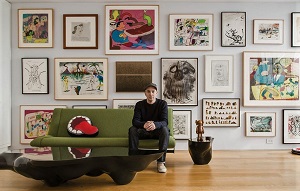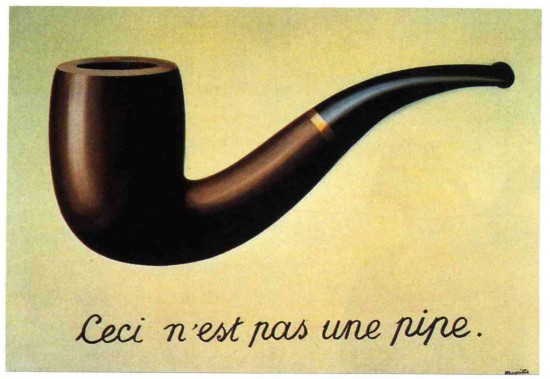Ah, Gabriela! My middle school crush. Her father, Eric Albreicht, an eminent art critic, had lined every wall of their home with beautiful paintings.
The walls of our house were lined with books. (Books were also piled high on every surface and held up one leg of the dining room table.) My mother, a close friend of Eric’s, was an art lover too. But she could afford only reproductions.
When, some 29 years later, I began to buy art, I bought it for the love of my mother’s intelligence and for the standard of beauty that Gabriela’s father had set for me.
Collecting for love and beauty is a perfectly defensible motive. But as my purchases ran into the hundreds, I began thinking of art as an investment.
I’ve been buying art for more than 40 years. I have owned and run five galleries and have a current collection of more than 1000 pieces. And though I still buy for love and beauty, I temper my enthusiasm by following a set of guidelines I’ve developed along the way.
- Art has no intrinsic value. Its value is determined entirely by the market.
- The most important factor in the current value of a work of art is the reputation of the artist among market insiders.
- The most important factor in the future value of a work of art is the artist’s prominence in art history books. Next is the importance of the museums that display his/her work. Third is the number of corporations and wealthy individuals that own it.
- From a value perspective, when you are buying established dead artists you are buying historical artifacts.
- The fine art market has very little resemblance to the financial markets. It is smaller, more controlled, and less regulated. In terms of participants – brokers, buyers, and critics – it is very small. In terms of dollar values, it is quite large. (The most recent figure I found valued the global art market at almost $64 billion!)
- Contrary to other assets, diversifying does not increase safety with fine art. Specialization does. It’s better to collect 100 pieces by one artist you admire than one piece by each of 100 different artists.
- Evaluating individual pieces of art is easier now that auction records are available online.
- The factors that matter most in valuation are: artist, medium, size, rarity, and style/period.
- Like most tangible assets, rarity and “quality” affect price appreciation. The “better” pieces typically outpace ordinary pieces by a considerable degree.
- As a general rule, oils are more valuable than acrylics… acrylics are more valuable than gouaches… gouaches are more valuable than crayon and ink pieces… crayon and ink pieces are more valuable than ink pieces… and ink pieces are more valuable than pencil sketches.
- “Buy what you like” is bad advice for the new investor. That’s because what they like is not typically what they like after they have been in the game for a dozen years.
- The touted 10% historic return for fine art is contrived. The actual return for most investors and collectors is probably closer to the rate of inflation.
- That said, if you can afford to buy “museum quality” art, it’s quite possible to earn 10% overall. I’ve done as well or better in the last 30 years. (Not so well in the first 10.)
- To maximize profit and minimize risk, buy the most representative examples of the best-known artists you can afford.
- Start slowly, investing in just one to three artists. Stay with them forever if you want. If you wish to expand your collection horizontally, move slowly.
- Constantly upgrade your collection. When you have the chance, sell two or three lower-quality works to purchase a single higher-quality one.
- Art has three distinct financial and estate management advantages: It is portable. It is transportable. And for the most part it is non-reportable.
- If you don’t take daily aesthetic pleasure in your art, you are missing most of its value. In other words, if you aren’t in it for love and beauty in addition to asset growth, you are better off with stocks.









